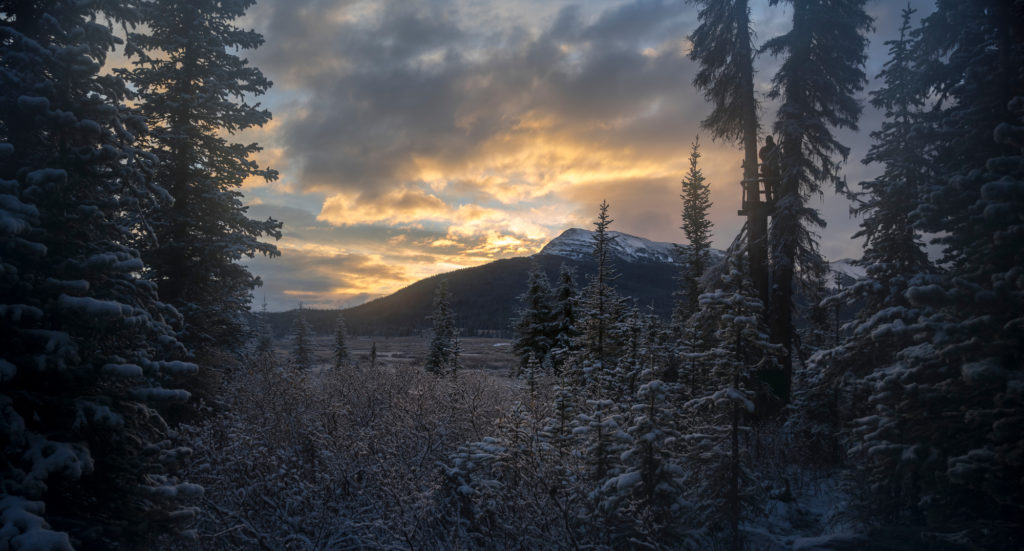Not all the light which enters the objectives of a binocular emerges from the eyepieces.
Some of it is scattered, and some is absorbed. That light which is absorbed, effectively ceases to exist.
Light which is scattered degrades the image, and reduces its contrast. (I believe)
Therefore, I do not believe that higher light transmission is irrelevant during bright daylight use, as seems to be a belief shared by some.
At this point I will have to descend into hand-waving, because I lack the background to make a sound argument.
I believe a higher-transmission binocular will present a more faithful image of the object, than a lower transmission glass.
The greater the percentage of the light, sampled from the object, and assembled into an image, the "better" that image will be.
Thoughts?
Some of it is scattered, and some is absorbed. That light which is absorbed, effectively ceases to exist.
Light which is scattered degrades the image, and reduces its contrast. (I believe)
Therefore, I do not believe that higher light transmission is irrelevant during bright daylight use, as seems to be a belief shared by some.
At this point I will have to descend into hand-waving, because I lack the background to make a sound argument.
I believe a higher-transmission binocular will present a more faithful image of the object, than a lower transmission glass.
The greater the percentage of the light, sampled from the object, and assembled into an image, the "better" that image will be.
Thoughts?










